Our second day in Málaga started with a post dawn visit in the pouring rain to a local park in search of a reported Yellow-browed Warbler. This eastern sprite is a rare visitor to Spain and would have constituted my first in the country – had we found it. Instead, we had to be content with hordes of Collared Doves, a few Blackcaps and wet looking Common Chiffchaffs.
After breakfast, we spent a brilliant morning at the Picasso Museum that is well worth a visit, I cannot recommend it highly enough.
In the afternoon, in decidedly more reasonable weather conditions, we explored the Guadalhorce River Mouth Nature Reserve. Situated right on the edge of town it really is an urban birding oasis. Soon we were admiring Zitting Cisticola, a few Greater Flamingo, Osprey, gorgeous Mediterranean Gulls plus a few Sandwich and Common Terns. From the final hide we visited overlooking the wetland we saw Málaga’s signature bird – the globally threatened White-headed Duck. Indeed, we saw several amongst the Common Pochard, Pintail and Wigeon. I was fortunate to discover what would be the rarest bird of the trip, a first calendar year Little Gull that was swimming amongst the far more numerous Black-headed Gulls. Apparently there hasn’t been one recorded in the Málaga area for over two years!
Our final day was a full on one spent in the Málaga province. The first port of call was the Montes de Málaga National Park directly north of the city. It’s a large mountainous area of thick pine forests, valleys with the occasional traditional building. The weather was not kind as it was raining fairly heavily at times. That didn’t stop us from observing obliging Common Crossbill, Hawfinch and a flyby Eurasian Sparrowhawk.
After lunch we hit Fuente de Piedra Lake, a site that I have visited a couple of times in past winters. Back then I saw tons of Stone Curlews and we were not disappointed this time around. We found a ploughed field near the visitor centre with no less than 130 of them! You had to look at the field carefully because they were so well camouflaged. Elsewhere in and around the lake we came across more Crag Martins, Spanish Sparrow, Black-winged Stilt, Common Crane, a distant group of Greater Flamingo and a large gathering of Black-necked Grebe.
To end our fantastic birding experience in Málaga and its environs we descended upon El Chorro, which is part of an area popularly known as the Málaga Lake District. We stood in the shadows of a vast line of cliffs scanning for Bonelli’s Eagle. Unfortunately, that species wasn’t forthcoming but we did find Griffon Vulture, Blue Rock Thrush, Black Wheatear, Rock Bunting and Rock Sparrow. Plus, in the bushes around where we were was a calling Dartford Warbler.
Everyone was amazed at the number and variety of species that we saw during our visit. In fact, we saw an incredible 104 species. Luis Alberto Rodríguez The Route of 100 Birds really does what it says on the tin. So next time you come to Málaga don’t just think airport; think birds!
Special thanks to the Málaga City Tourism Board – www.malagaturismo.com

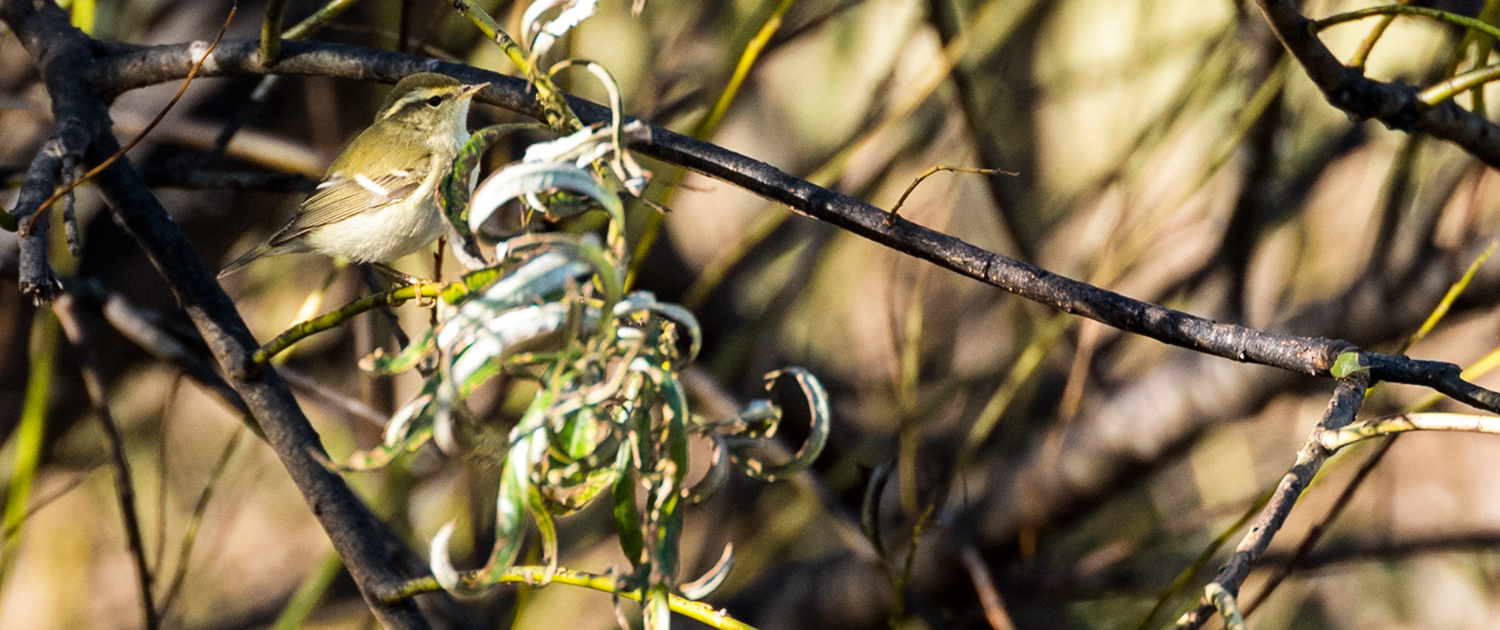
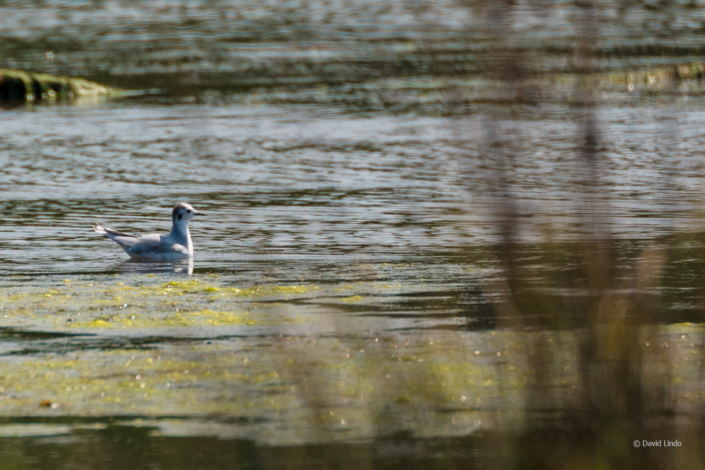
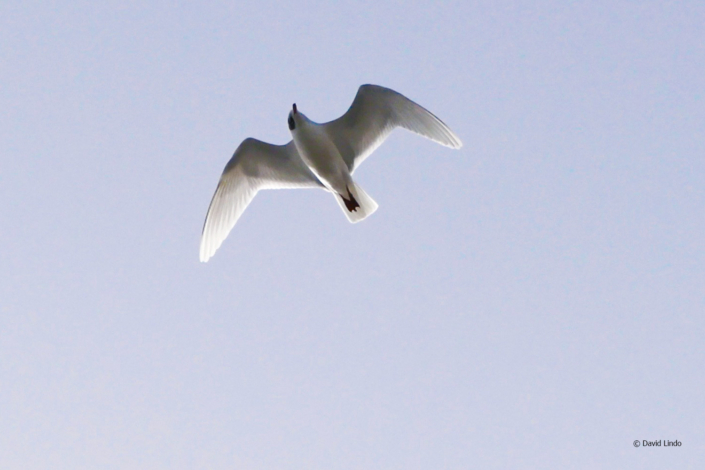
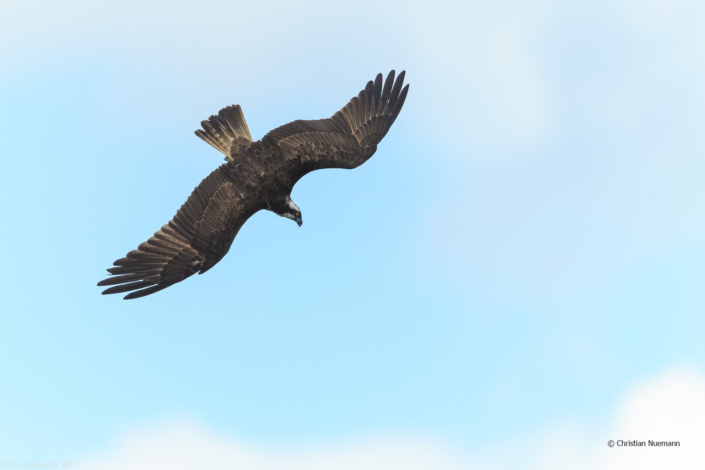
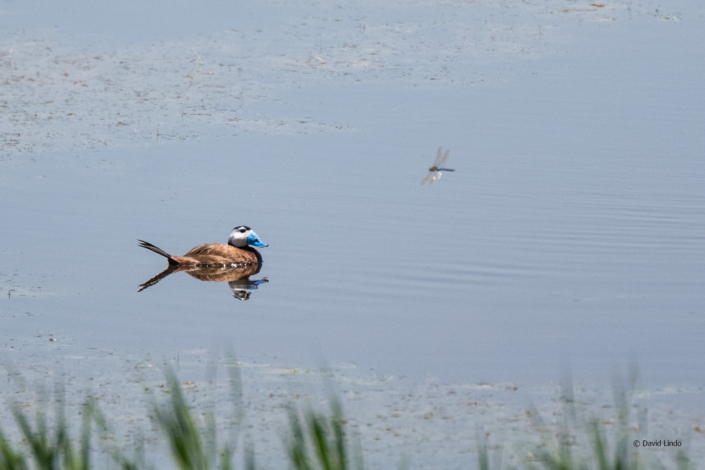
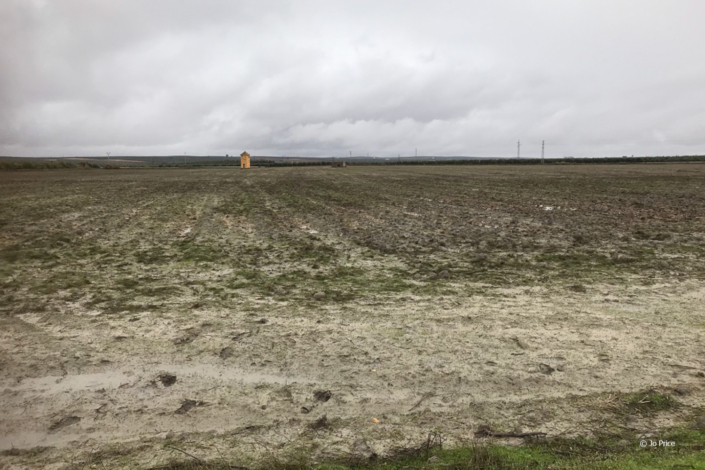
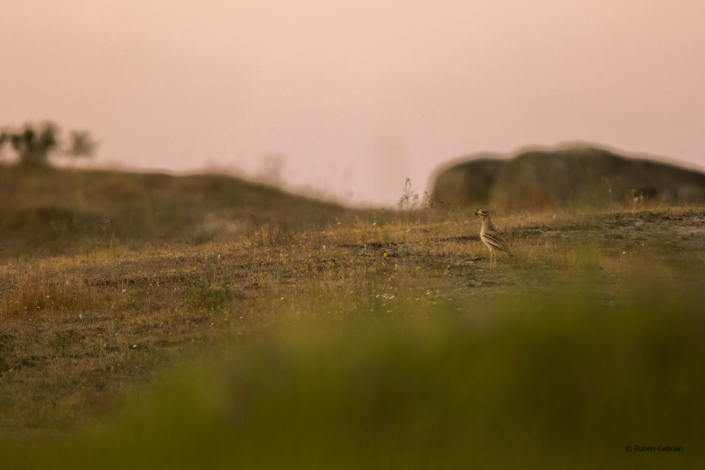
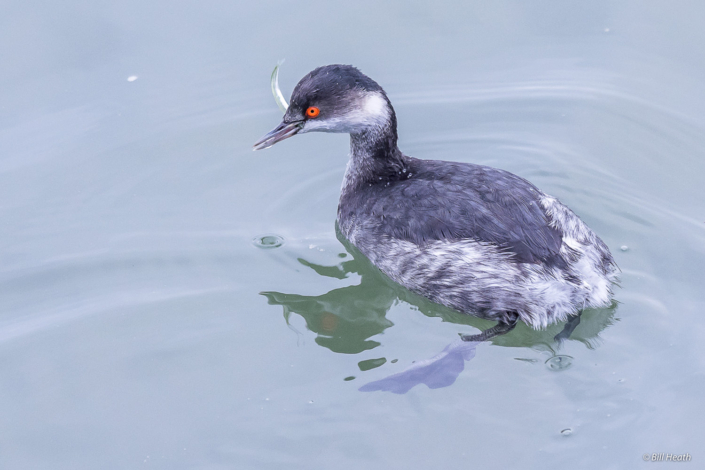
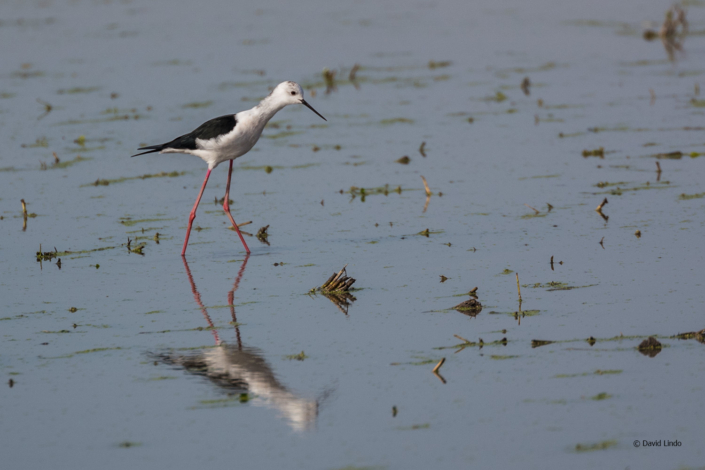
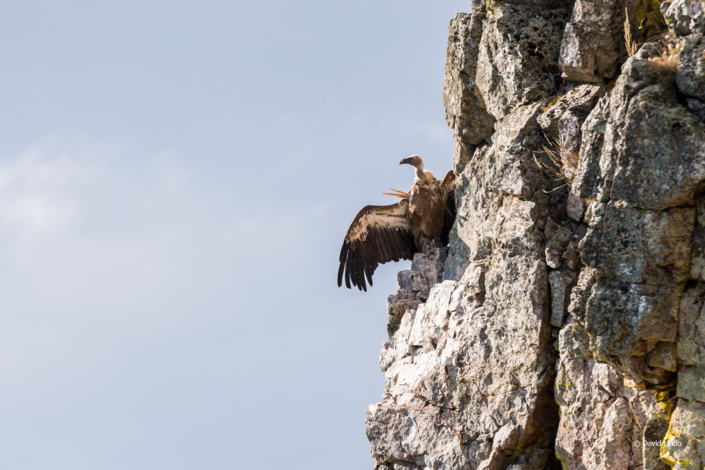
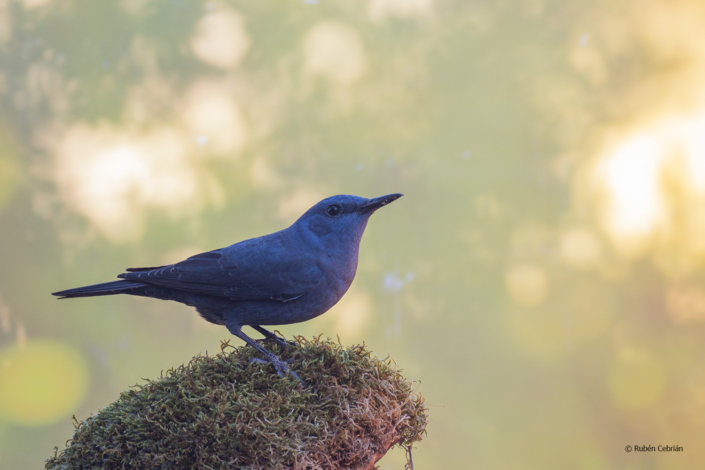
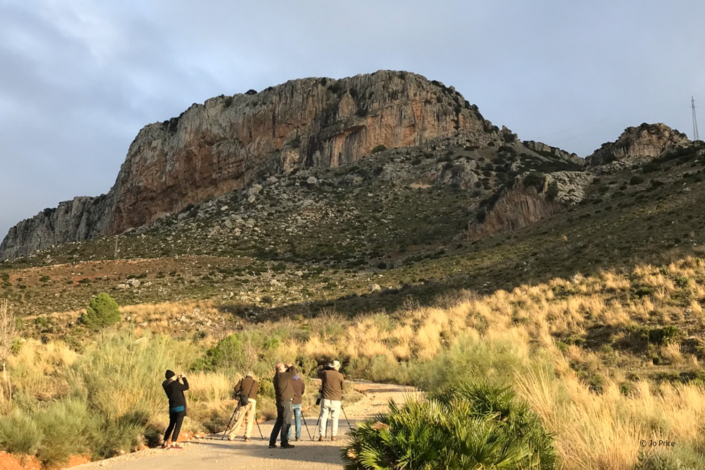




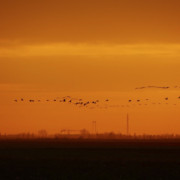
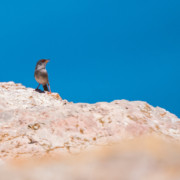
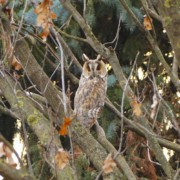

 Rubén Cebrián
Rubén Cebrián